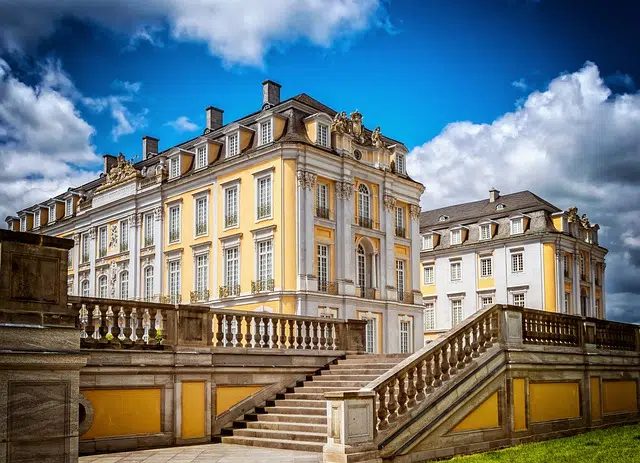
The baroque style in architecture was characterized by monumentality and majesty.
Baroque is a term that comes from the French baroque and is used to name a cultural movement and artistic style developed between the 17th century and the mid-18th century . The Baroque reached various disciplines ( architecture , painting , music , literature , etc.) and was characterized by excessive ornamentation.
Baroque as the predominant style succeeded the Renaissance and preceded Neoclassicism . It began to become popular in Italy and then spread to the rest of Europe . The concept of baroque was coined by its critics and was initially used in a pejorative sense, to name the excessiveness and irrationality of certain artists .
Gian Lorenzo Bernini in sculpture and architecture, Caravaggio in painting, Francisco de Quevedo and Luis de Góngora in literature and Antonio Vivaldi and Johann Sebastian Bach in music are some of the greatest exponents of the Baroque.
Baroque style buildings and paintings
Baroque style buildings were usually built with poor materials but highlighting the majesty and monumentality of the work. There are several palaces and churches that, today, still exhibit the main characteristics of this movement, such as the Cathedral of the Assumption of Valladolid .
In the field of painting, the baroque style is associated with absolutism and the Catholic Renaissance since, on a general level, the baroque was a reaction of the Church to the advance of science . “Las Meninas” by Diego Velázquez is one of the most famous baroque paintings.
Currently, the term is used as an adjective to name anything that is overloaded with decorations . For example: “I like baroque coats, with many pockets, pins and fringes.”

Johann Sebastian Bach is one of the main musical references of the Baroque.
The castrati
In the field of music, the baroque was born in the 17th century, along with the first opera, and is considered to have ended with the death of Johann Sebastian Bach in 1750. At a time when society showed a marked difference between the wealthy and the poor, the former used music to show off their superior status .
During the Baroque, music became an essential element in various aspects of daily life: for example, nobles began to hire instrumentalists and composers as part of their servants. At this stage, also, castrati emerged, men who were castrated before changing their voices and trained academically in specific conservatories, with the hope that they would become great singers.
The castrati represent a very cruel page in the history of humanity, but one in which atrocity and extreme beauty coexist. The few who achieved fame, among whom Farinelli and Senesino are often cited, saw the outburst of their masculinity contrasted with voices out of this world. However, it is likely that nothing has ever compensated them for the physical and psychological disorders they must have suffered as a result of castration.
Distinctive voices of the baroque
At first glance, it might seem like they were men with female voices; But his talents hid a series of resources unthinkable for any normal person. Firstly, given their lung capacity, which was greater than that of a woman, they could face long and ornate passages without needing to take many pauses. Furthermore, the greater ease of breathing not only translated into more available air , but also into lower energy expenditure, which opened the doors to the interpretation of works whose level of complexity was unprecedented .
On the other hand, castrati had a vocal extension greater than that of women, and were capable of making great leaps between the high and low extremes. Her superhuman abilities inspired many composers to create pieces that, three hundred years later, not many can dare to sing, with the exception of Cecilia Bartoli , an Italian mezzo-soprano with incomparable talent .
